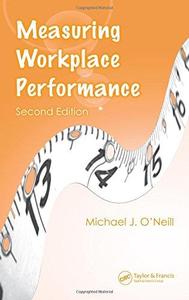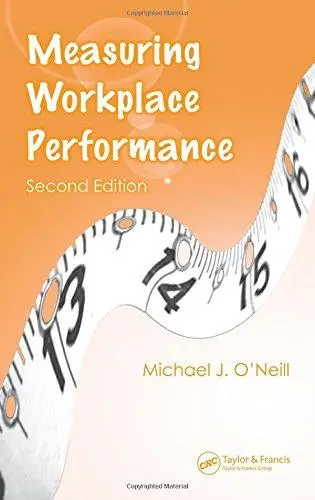Measuring Workplace Performance, Second Edition By Michael J. O'Neill
2006 | 372 Pages | ISBN: 0849358019 | PDF | 13 MB
2006 | 372 Pages | ISBN: 0849358019 | PDF | 13 MB
Most Fortune 1000 companies still struggle with workspace planning and design issues. They invest millions of dollars each year with the expectation that new buildings and major renovations will help transform their culture, support innovation, strengthen desired behaviors and increase organizational effectiveness. And let's not forget reducing costs. But there is rarely any actual measurement of the success of a new workplace against specific business or design goals (apart from cost savings). Even less often is there any ongoing measurement program to assess and improve the quality of the workplace.Measuring Workplace Performance, Second Edition explores a fundamentally new way of thinking about how organizations behave and change and what this means for planning and measuring the success of the facilities that house them. This is not a planning guide or a step by step design "cookbook." Rather, author Michael O'Neill presents a thought-provoking "biological" model for thinking about organizations and workplaces, describes the tools to gather information and analyze success, and presents plenty of scientific case studies with "hard" performance and financial metrics. O'Neill addresses issues such as:What are the effects of adding flexibility into facility and workplace design, in terms of improving employee and organizational performance?How do we measure the performance of facilities in terms of supporting desired behaviors (like communication, collaboration), efficient business processes and other concrete performance/financial improvements?Using real-world case studies across a variety of industries, O'Neill shows the types of performance measures that leading-edge companies use as well as the improvements they attain by incorporating flexibility and control into their workspaces. He uses the data from these studies to create models showing credible links between specific design features, and behavioral and business process outcomes. The book provides insights and observations from these case studies that can be applied to understanding your own situation.



